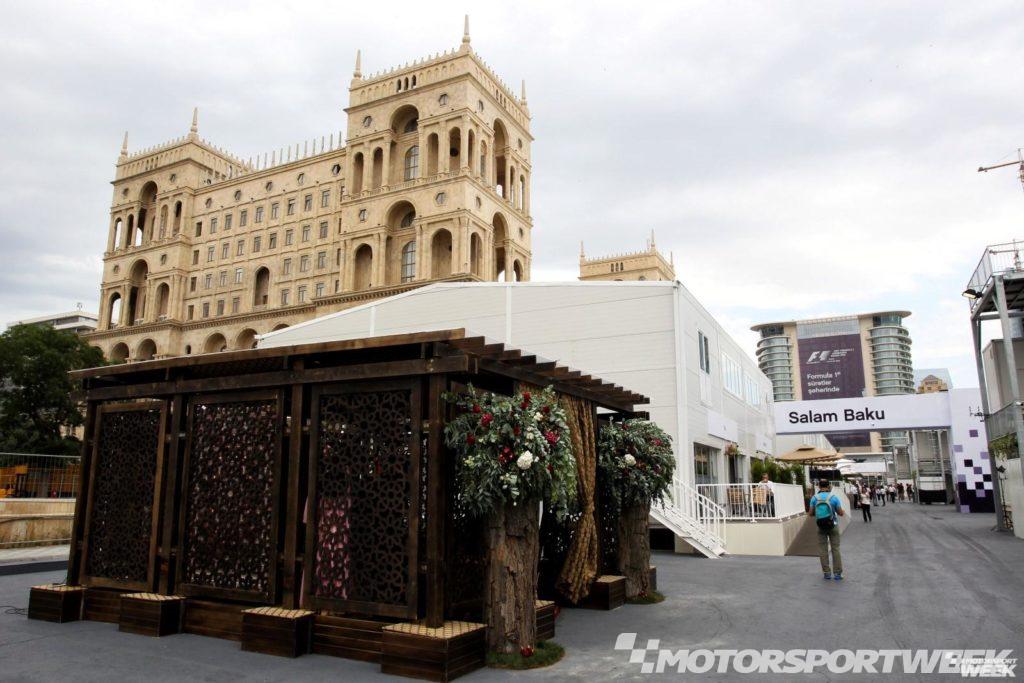Throughout the winter break Motorsport Week will be providing insight into the various workings of the Formula 1 world. Today we take a brief look at how street circuits get ready to host a championship round.
Formula 1 grands prix typically take place on permanent circuits but a handful of times each year the streets of a city are turned into a race track.
The championship’s three most logistically challenging street circuits are Monaco, Baku and Singapore, with the last two a more recent addition to the world of motorsport, particularly in comparison to the Monaco Grand Prix, first held in 1929.
It means that Monaco residents have less justification to complain about potential disruption across the 10-week period around the grand prix. Preparation usually begins six or seven weeks prior to the Formula 1 event, during which spell either Formula E or the Historic Grand Prix is held, a fortnight before Formula 1 rolls into the Principality. The deconstruction of the barriers, of length 15 miles, takes three weeks. However, Monaco’s streets only ever close from 06:00 to around 19:00 each day of the grand prix weekend (except for the street used for the paddock area), meaning local traffic can use the roads at the end of each day of track running. FP1 along the pit straight at 11am, FP2 at 3pm, the evening commute in road cars at 8pm.

In Singapore, and in Baku, it is slightly different, with most of the roads used for the circuit closed throughout the duration of the grand prix weekend. It means greater levels of disruption – particularly given that both Singapore and Baku uses a handful of the main arteries – for both motorists and pedestrians, but compromises are made.
“We try to build things as late as possible to minimise the inconvenience but there is not a lot we can do to not close the track for the week of the race,” said Baku City Circuit Chief Executive Arif Rahimov at the 2019 event. “We have to close the centre of the city. We do everything possible to try to minimise the annoyance or the disturbance to the traffic.
“We have two locked up areas, where the paddock is, and through the old city. So we create passages to make sure that cars can drive in and out in the evenings when nothing is happening on the track. Some people are more unhappy, some people are still quite happy.”
With no permanent facilities organisers in Monaco and Baku need to spend time on readying buildings in time for the Formula 1 teams to arrive. In Monaco, which upgraded the pit building for 2018, teams bring their motorhomes, but for Azerbaijan the entire paddock area – located in front of the Parliament Palace – needs to be built. Sometimes there can be a slight shortcut.

“In 2019 we had to build the whole circuit, every single bit of the circuit from scratch,” explains Rahimov.
“We played with different scenarios and we left like 30 percent of the pit building in the first year [2016], and then we left the whole pit building and the paddock in the second year in 2017.
“Then we had to dismantle everything within a month for the army parade [after the 2018 event], and we had to build everything from scratch [in 2019]. I guess that’s what really differentiates us from a permanent circuit, the fact that we need to build and dismantle every year.
“For [2020 we will] leave the pit buildings and the team buildings, the whole paddock pretty much, built up. We’re not going to dismantle them this year, dismantle these buildings.”
Avoiding disruption for residents, and getting buildings in ship shape condition, are not something that most event organisers have to consider.









